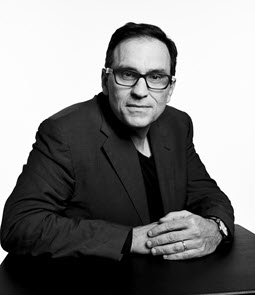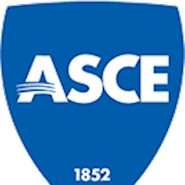
Franz-Josef Ulm, Ph.D., F.EMI, NAE, Dist.M.ASCE, the Class of 1922 professor of civil and environmental engineering at Massachusetts Institute of Technology, has been honored with election by ASCE for its class of 2025 distinguished Members. He is recognized for contributions to the nano- and micromechanics of heterogeneous materials, including cement, concrete, rock, and bone, with applications in sustainable infrastructure, underground energy harvesting, and human health.
Ulm is also faculty director, Concrete Sustainability Hub at MIT. He is an outstanding scholar who has impacted the civil engineering profession through education, applied research, and professional development services. He has made fundamental contributions in bridging the rapidly growing gap between scientific discoveries in physics and chemistry and engineering requirements for reinforced concrete and other cementitious materials.
One of his most significant achievements is his discovery of the nanogranular structure of calcium silicate hydrates, the core binding phase of concrete. This breakthrough has had profound implications for the durability and mechanical behavior of cementitious materials, influencing both academic research and practical engineering. His work in developing statistical nanoindentation techniques has connected material chemistry with mechanical properties at nanoscale levels, offering a powerful tool for material analysis.
Moreover, Ulm’s collaboration with interdisciplinary teams, such as his work with physicists and computational materials scientists, has revolutionized the understanding of cement’s molecular structure and performance. By integrating concepts from physics and molecular simulation, he has shown that the fundamental strength and sustainability of concrete can be enhanced without altering its basic chemical composition. This approach has paved the way for environmentally sustainable concrete solutions, directly addressing global climate challenges while maintaining structural integrity.
He and his students have successfully transitioned their research into practical recommendations for researchers, professional engineers, and even end-users through the development of phone-apps that relate measured road roughness to heat dissipation, fuel consumption, and CO2 production. This life-cycle approach to innovation, with a purpose, is a hallmark of Ulm’s contribution to the civil engineering community.
Ulm’s illustrious career is marked by pioneering research, exceptional educational contributions, and transformative leadership in sustainable engineering. The recipient of many awards, he was elected to the National Academy of Engineering in 2022 for “contributions to nanoscale improvement of concrete and other materials and structures important for sustainable development of infrastructure and energy resources.”
His service to ASCE includes current editorship of the Journal of Engineering Mechanics, membership of the Board of Governors of Engineering Mechanics Institute from 2008-2012, leading EMI’s Awards Committee from 2013-2016, and chairing the 2018 EMI Annual Conference, held at MIT.



